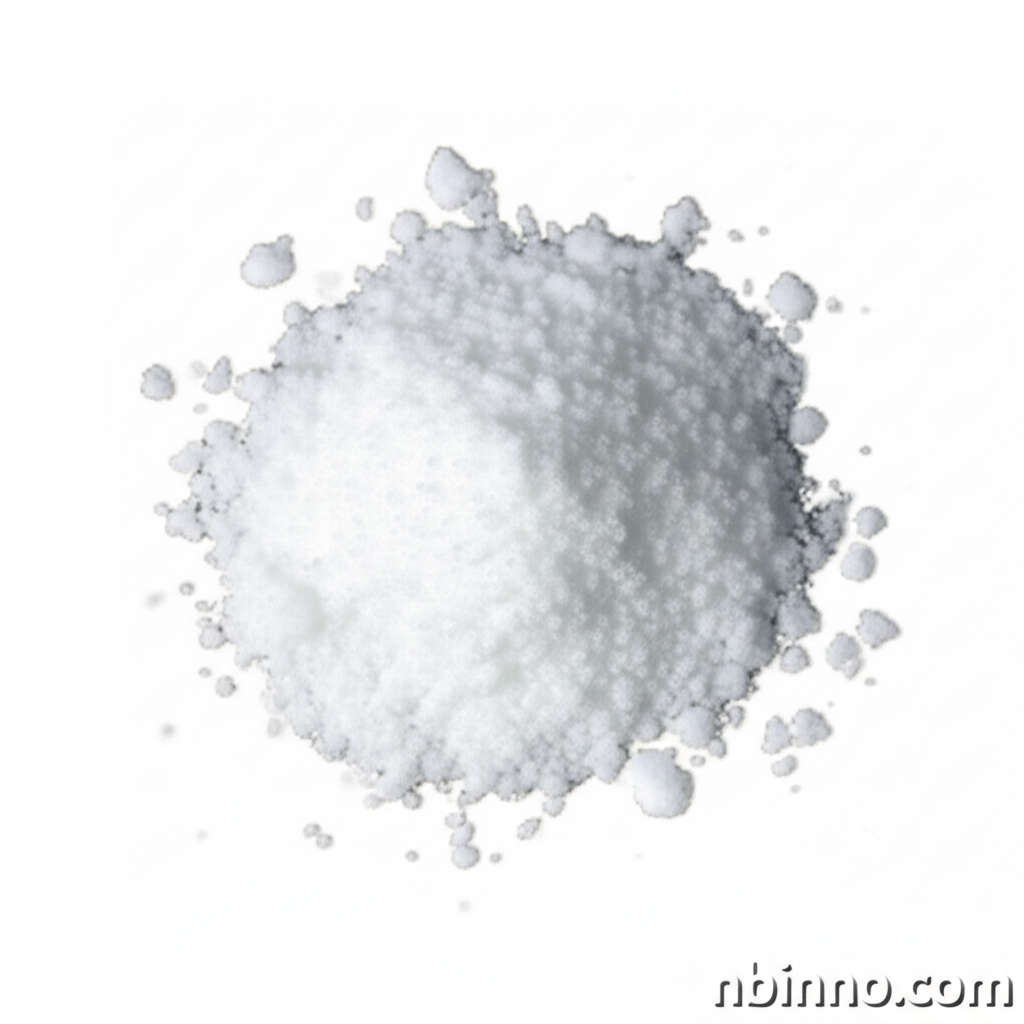Advanced Carbazole Derivative for High-Performance OLEDs
Explore the properties and applications of a cutting-edge material crucial for next-generation electronic displays.
Get a Quote & SampleProduct Core Value

2,6-bis(3-(9H-carbazol-9-yl)phenyl)pyridine
This advanced chemical compound serves as a pivotal bipolar host material in organic light-emitting diodes (OLEDs). Its unique molecular structure, combining carbazole electron donors with a pyridine electron acceptor, facilitates efficient charge injection and transportation. This leads to significant improvements in device efficiency and color rendering, making it indispensable for high-performance displays and lighting applications. As a key component in organic electronics, it plays a vital role in pushing the boundaries of visual technology.
- Leveraging high triplet energy materials, researchers are enhancing OLED performance.
- The carbazole derivative structure provides excellent charge carrier mobilities, crucial for efficient electron and hole transport.
- This bipolar host material is essential for achieving improved device efficiency in advanced electronic chemicals.
- Utilizing this compound contributes to the development of next-generation organic electronics with superior performance characteristics.
Key Advantages Provided by the Product
Enhanced Device Efficiency
The optimized bipolar charge transport capabilities, stemming from its unique molecular design, significantly boost the overall efficiency of electronic devices, making it a preferred choice for advanced electronic chemicals.
Superior Color Rendering
By facilitating better charge balance and energy transfer, this material contributes to achieving vibrant and accurate color reproduction in OLED displays, a critical aspect for visual applications.
High Triplet Energy for Phosphorescence
Its inherently high triplet energy makes it an ideal host for phosphorescent emitters, enabling more efficient light emission and longer device lifetimes in OLED applications.
Key Applications
OLED Displays and Lighting
This material is fundamental in the fabrication of highly efficient and vibrant OLED displays, from smartphones to televisions, as well as in advanced OLED lighting solutions.
Organic Electronics
Its excellent charge transport properties make it suitable for various other organic electronic devices, contributing to innovations in flexible electronics and sensors.
Advanced Material Synthesis
As a versatile building block, it supports the development of novel organic semiconductors and functional materials with tailored electronic and optical properties.
Research & Development
Its well-defined characteristics make it a valuable tool in academic and industrial research for exploring new frontiers in organic chemistry and materials science.
